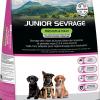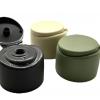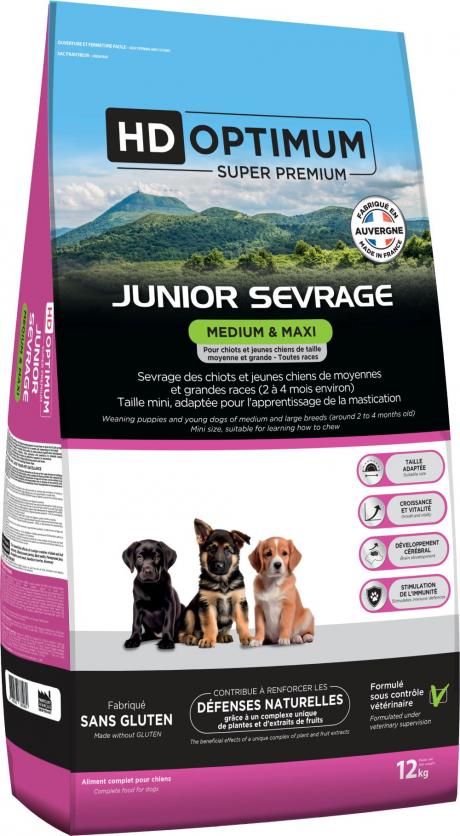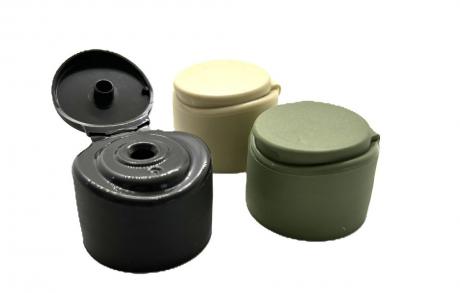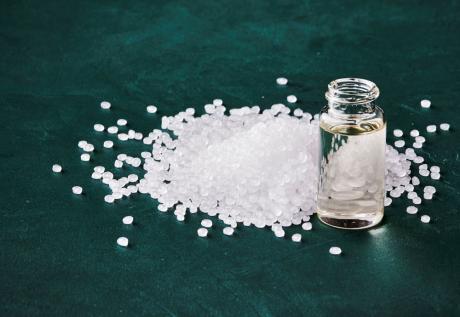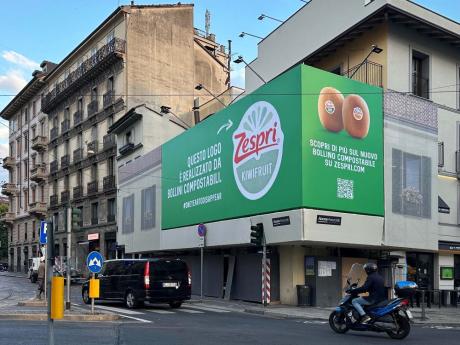While for a long time cosmetics packaging struggled to hold together commercial and environmental reasons, today circular economy principles guide much of the innovation in the beauty sector.
This is the background to the partnership between Cosmetica Italia - National Association of Cosmetic Companies and Aliplast, one of the European leaders in recycled plastic, a company belonging to the Hera Group, which will take part in the next edition of Cosmoprof Worldwide Bologna, from 21 to 24 March 2024, the international benchmark for cosmetics supply chains.
On the occasion of the trade fair, Aliplast will present the white paper “Plastic Packaging in the Cosmetics Sector - A Guide to More Circular Production”, prepared together with Cosmetica Italia, a document for manufacturers in the cosmetics industry, containing recommendations for the design of easily recyclable cosmetics packaging.
With a very operative and simple approach, the guide provides for each single type of plastic container (in PET, in HDPE and PP, in PE and PP) suggestions on how to design in order to guarantee maximum recyclability at the end of their life, in coherence with the guidelines of Recyclass and SPICE (Sustainable, Packaging Initiative for CosmEtics), European initiatives of plastic recyclers and the cosmetic industry. Also thanks to the contribution of the Hera Group's Circular Economy Team, for each polymer advice is given on how to design each packaging component: main body, closure system, container colour, barrier layers, labelling, use of inks for decoration.
The aim of the document and the partnership is to promote the dissemination of packaging that is aesthetically refined and enhances the functionality of the product but, at the same time, helps to reduce waste to zero.
Avoid multi-layers and pay attention to colours
The range of indications is very broad. Some apply to all materials. For example, it is always advisable to design the main body in a single material, avoiding a multilayer structure composed of several polymers, which make recyclability more difficult. Others are specific. As far as HDPE or PP are concerned, all colours are accepted, except for pigments that cannot be detected by plastic sorters' readers, such as carbon black. In any case, it is always preferable to use light colours for the container because they are easier to use once transformed into recycled plastic. The use of polyolefin-based materials is then recommended for PET container closure systems to ensure their separability from the PET container. Furthermore, the use of metal components (such as springs or balls in pumps or sprayers) should be avoided as they cause wear and tear on the machines and in some cases can stop recycling operations. But these are just some of the detailed guidelines in the paper.
Dedicated Collections for Smaller Packages
The White Paper also deals with the sizing of containers. Today, in fact, make-up packaging in particular, although fully compliant with design-for-recycling rules, is for the most part excluded from the classic recycling route, because it is too small to be intercepted by the ballistic sieves and separators of sorting plants. For these, therefore, dedicated collections could be envisaged at the point of sale, perhaps leaving the cap attached to the packaging itself.
Impact reduced by two-thirds by using recycled plastics
Another focus is on the use of recycled plastics in packaging, which can have significant environmental benefits in terms of resource savings and decarbonisation. The paper, for example, cites a Life Cycle Assessment (LCA) study by Aliplast which states that a PET granule from virgin material emits about three times as much CO2 emissions as the same granule from recycled PET (3.04 kg versus 1.25 kg CO2 equivalent). This is an environmental benefit that, if communicated transparently to the consumer, can add real value to the good.



